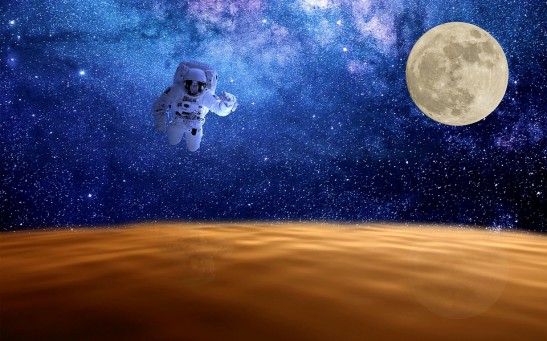astronauts
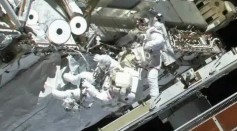
NASA Sent Two Astronauts For An Emergency Repair Mission At The $100 Billion Cost ISS
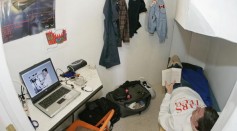
Microgravity Impact Exploration Can Make You €16,000 Richer Lying In Bed For 2 Months

Space Station Astronauts Had Taken Spacewalk: Watch It Live

NASA Giving Away $29K To Someone Who Can Figure Out How To Protect Astronauts
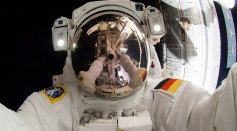
What If Astronauts “Lose It” in Space?
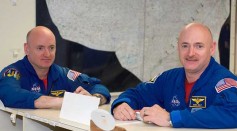
Space Twin Experiment Set to Answer NASA's Biggest Question

Twin Astronauts Prepare for New Mission on the ISS
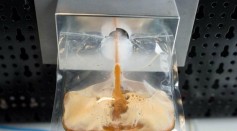
New Astronauts Bring Taste of Italy to ISS—ISSpresso An Instant Hit
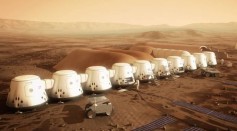
Forget Ebola, Journey to Mars May Be More Lethal Death Sentence
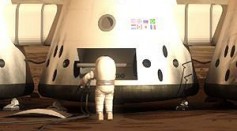
Deserting Earth for a Chance in Space—Martian Pilgrims look to Mars for a New Permanent Adventure
Most Popular

How Technology Is Changing the Real Estate Industry?

AI Revolution in Medical Education: Transforming How Healthcare Professionals Learn

Nikolay Karpenko Biography, Photo, Career, Accomplishments

Zombie Star Set to Light Up Night Sky: Blaze Star Could Erupt Soon

